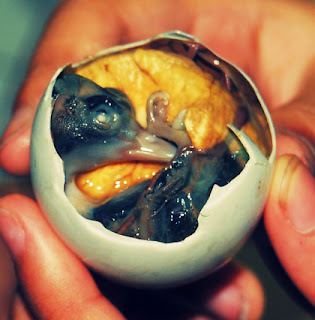Lanzones are rich with different types of nutritional contents like protein, phosphorus, calcium, vitamin A, fiber, thiamine, vitamin C and E and other anti-oxidants.
Most people are confused between Langsat and Duku. Here are some tips on how to differentiate the Duku from Langsat.
Duku - The fruits are round like golf balls and have a very hard skin. They don’t bruise easily and an unripe fruit is super sour! If it is fresh and ripe, it tastes tangy and sweet and delicious!
Langsat – The fruit looks similar to the duku but are always sold on the stem. If they drop off, they are no longer fresh. The skin has a lot of latex if you don’t open it properly so eating it requires a technique not many have. The fruit is very sweet.
To open the fruit, apply gentle pressure with the hands on both sides of the top of the fruit (where the stem was attached), the skin splits to reveal five segments of white flesh, some of which may contain small seeds. Avoid biting into these as they are bitter.























+(250x187).jpg)










